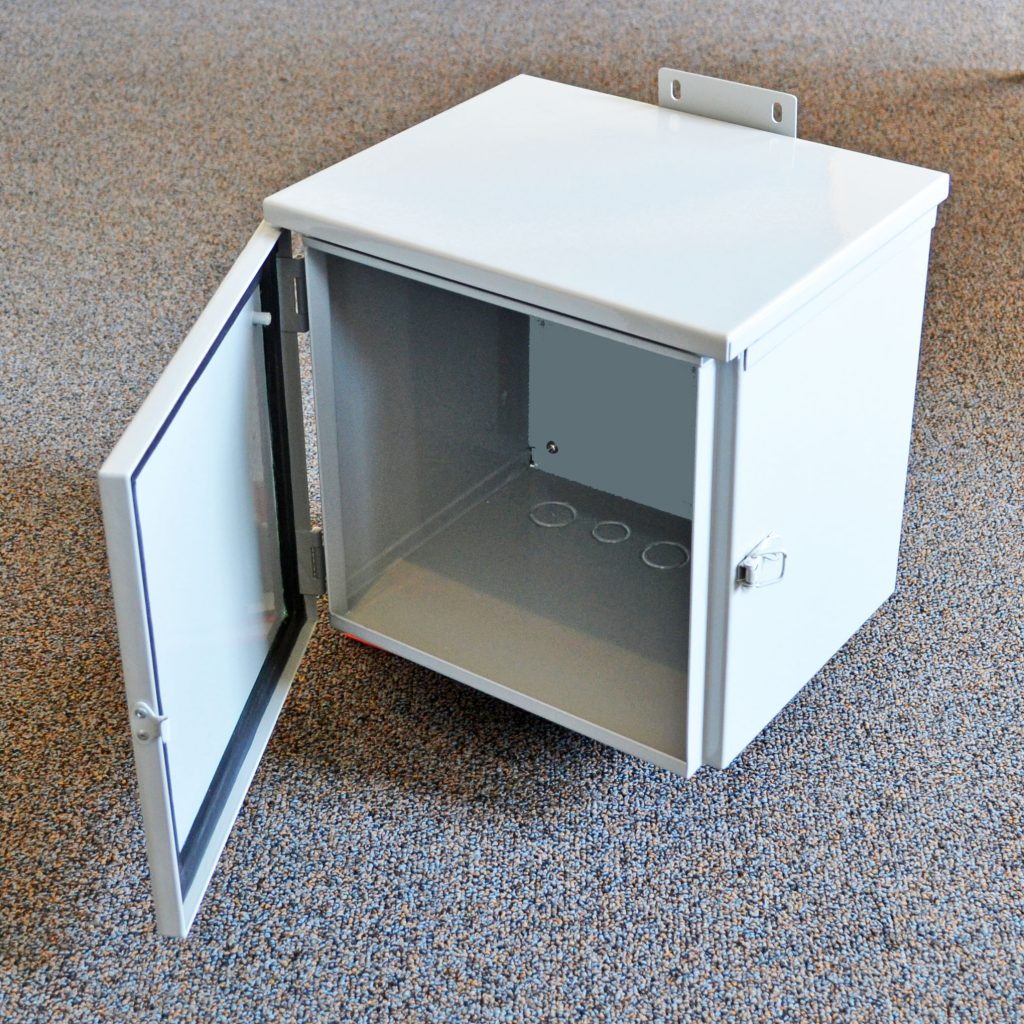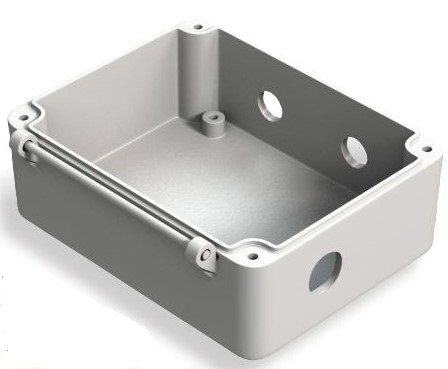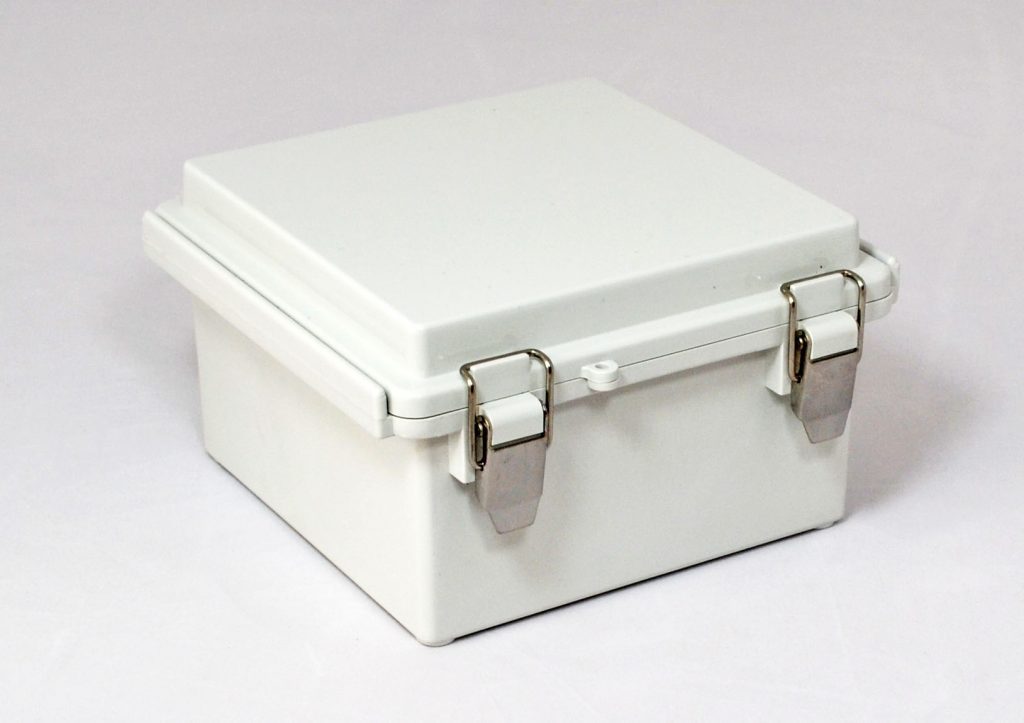Electrical junction boxes are important and a clever solution to electrical installation problems. Sure, it helps things look tidier, but more than that, it’s essential to how the entire electrical system works. Exposed cables are known to be a hazard in both closed and open spaces. They can get caught on fire, it’s a risk for animals and little children. Electrical junction boxes keep all the cables protected. It’s a safe bet that you protect your house and everyone in it. How to choose the right one? It’s something to think about. It’s an easy enough decision when you know where and what to look for. It depends on many factors, but it’s not rocket science.
What’s It Made Of?
Electrical junction boxes are mostly made from steel or cast aluminum. Also, there are those made from plastic and fiberglass for office spaces and homes. Junction boxes are supposed to protect the electrical cable installation within them. Within closed spaces like your home or office, it’s not the same exposure as outside. Fiberglass and plastic are good for your office or home. Steel and aluminum for heavy industries, where there are a lot of risk factors that play a certain role. It’s a choice, more risk factors mean a better and more durable material like steel. Steel also has better grounding than plastic or fiberglass. Since plastic doesn’t conduct electricity, it’s a safer choice—especially if you’ve got curious kids around.
Does It Stand a Chance Against All Conditions?
There’s a rating system for junction boxes, it helps you know how it stands against the elements. Specifically, it is a threat to any electrical devices. It fries the circuits quickly, it causes damage to the whole installation, and it can create a small fire in seconds. Water is a hazard to electricity and vice versa. There are codes you look for. NEMA is one of them, or IP. They stand short for different things but the same purpose. It’s a rating, it gives a good idea of how well the boxes are against dust, water, and all the other elements. Then there’s the question of where to find it and buy it. You can look at places like BUD Industries, where the products must be originals, not rip-offs. The codes are legit and not falsified. It’s no game, if the box is not good, it’s an issue later. If the box fails, you’re not just looking at a fried circuit—you could be dealing with a serious fire hazard. The purpose of the electrical junction box is to prevent this from happening. Its preventive nature is why we buy it.



How Big or Small Does It Have to Be?
Size matters, but primarily it depends on function and needs. Your electrical junction box can fulfill its purpose only if it’s big enough to fit all the cables neatly. If there’s any wiggle room for the installation to fall out or cables to hang, it’s a bad choice of size. Any cable that hangs loose or out of the box can catch on fire; it happens all the time. If the box doesn’t fit, you need a bigger one. The cables need enough room in the box.
Where Should You Install It?
The junction box should be somewhere that you can reach with a ladder. It shouldn’t be somewhere high up where it’s almost impossible to repair it if it so happens that it needs repairing. Consider the surface you’ll be placing it on as well. Some of the many places and options are the ceiling or the walls of the office and your home.
Knockouts
While on the topic of easy installation, the electrical junction box you choose should have pre-made holes for the cables. The box you eventually go for should have compatibility with the electrical installation you have. If the compatibility exists, it’s easier to install it and repair it later on.
It Should Pass All the Tests
The electrical junction box you have chosen should also be according to the electrical codes. NEC is a recognized organization, and the boxes are often tested to pass their regulations. Electrical junction boxes should be safe; it’s their purpose and function to protect the electrical installation in the first place. Besides the material it’s made from and its accessibility and easy installation, it needs this compliance according to the codes to be perfectly safe.
Electrical installations carry a certain hazard, and it’s impossible to make them completely safe. The idea is to make them safe enough for it to be around at any given moment.
- 0shares
- Facebook0
- Pinterest0
- Twitter0


